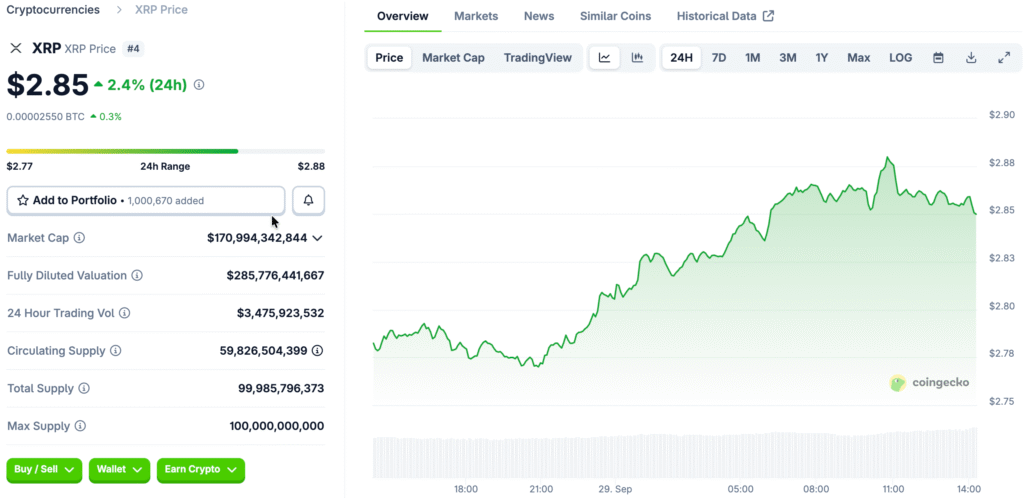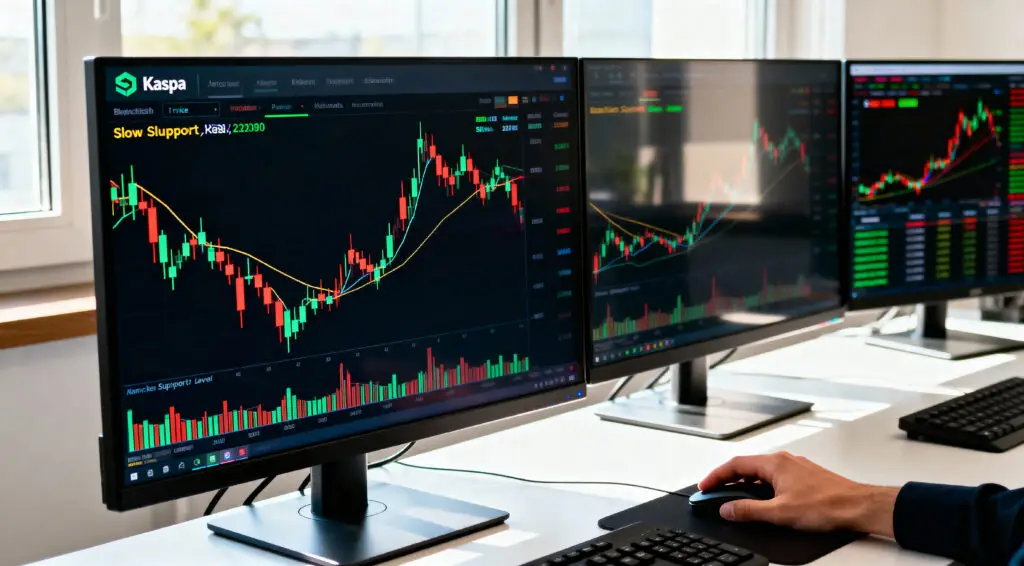Understanding XRP’s Accumulation Phase
The accumulation phase of XRP is a time when prices stay stable after going down, which usually means that whales are buying and investors are feeling more confident. Companies can use this phase to buy XRP at relatively low prices before the market goes up again in the future.
This stage is important for figuring out how people feel in general and what might happen in the future. Companies can make smarter decisions about when to buy cryptocurrencies by understanding accumulation. This helps them get the most out of their strategic advantages in volatile cryptocurrency markets.

Startups Using XRP Accumulation in a Smart Way
XRP’s accumulation phase is good for fintech startups in Asia because they can time payroll and treasury operations to happen when prices are stable. This helps startups keep costs stable while also getting long-term access to the network’s future growth potential.
Stable accumulation periods make startups feel good about growing their crypto businesses. They can make their payment plans work with price zones that are easy to predict, lower their risk of sudden drops, and get ready for big price increases early.
Recommended Article: XRP Positioned As Wall Street’s Dark Horse Amid ETF Buzz
European SMEs and XRP Market Considerations
Before adding XRP to their operations or payroll systems, European SMEs need to carefully consider how volatile it is. When prices change suddenly, it can mess up budget allocations and make it hard to plan finances without hedging tools.
Uncertainty about regulations makes things riskier for small and medium-sized businesses. Different jurisdictions have different compliance frameworks, so it’s important to keep an eye on how EU crypto laws are changing so that using XRP doesn’t cause unexpected costs or problems with operations.
External Influences Shaping XRP Market Behavior
XRP’s price changes are caused by things outside of Ripple, such as the release of Ripple’s escrow, changes in global regulations, and changes in macroeconomic liquidity conditions. These things can either make investors more confident or put sudden, destabilizing pressure on prices.
Businesses that work in crypto-sensitive areas need to keep a close eye on these outside factors. Market expectations, liquidity conditions, and XRP’s ability to be used by big companies all depend on regulatory clarity, macroeconomic trends, and Ripple’s actions.
Mitigating Risks Through Strategic Approaches
Businesses can lower their XRP-related risks by using stablecoins, diversifying their investments, and changing their treasury strategies. A balanced crypto portfolio protects your business from sudden changes in the market and makes it more financially stable in the long term when the market is unpredictable.
Using adaptive hedging strategies also helps keep costs stable. Companies can keep running smoothly during times of high volatility by keeping an eye on XRP trends and using other settlement options. This lowers their risk of price swings.
Opportunities During the Accumulation Phase
Accumulation phases often happen before big changes in the market, which gives forward-thinking businesses a chance to get in on the action. Startups and small businesses can strategically build up their XRP during times of low volatility, putting themselves in a good position for possible future market surges.
This proactive approach needs careful market research and strict follow-through. Companies that can accurately find accumulation windows can take advantage of good prices, do better than their competitors, and improve their digital payment capabilities in crypto ecosystems.
Long-Term Strategic Positioning with XRP
The accumulation phase of XRP gives businesses a set timeline to line up their financial plans and plans for adopting new technologies. Startups and small and medium-sized businesses (SMEs) can slowly add XRP to their operations. This will help them stay efficient while getting ready for changes in the market and growth in the ecosystem.
Companies that use accumulation wisely can get ahead of the game in blockchain payments. This gives you a competitive edge because you can adapt more quickly to changes in the law, technology, and global payment networks.



















